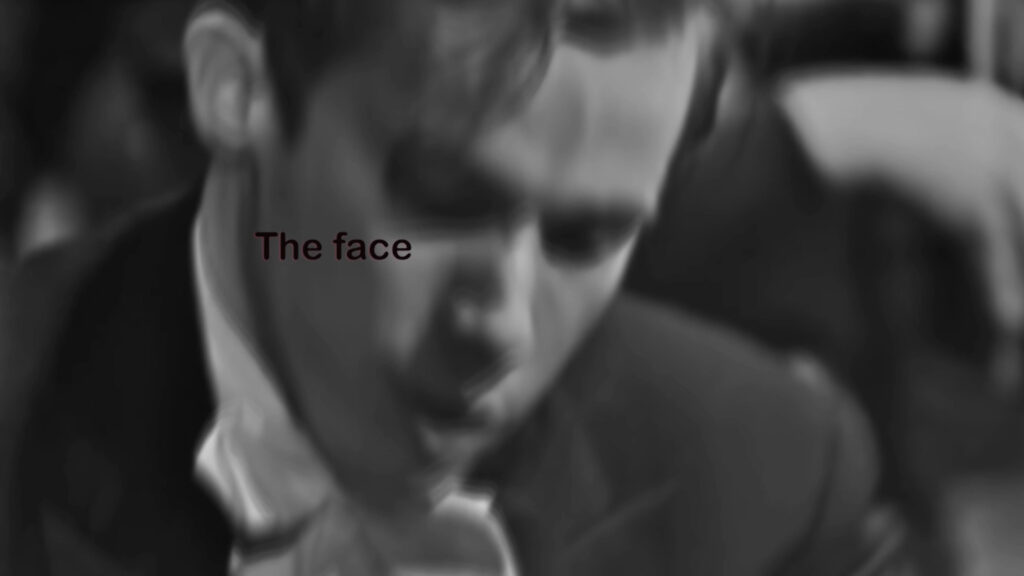
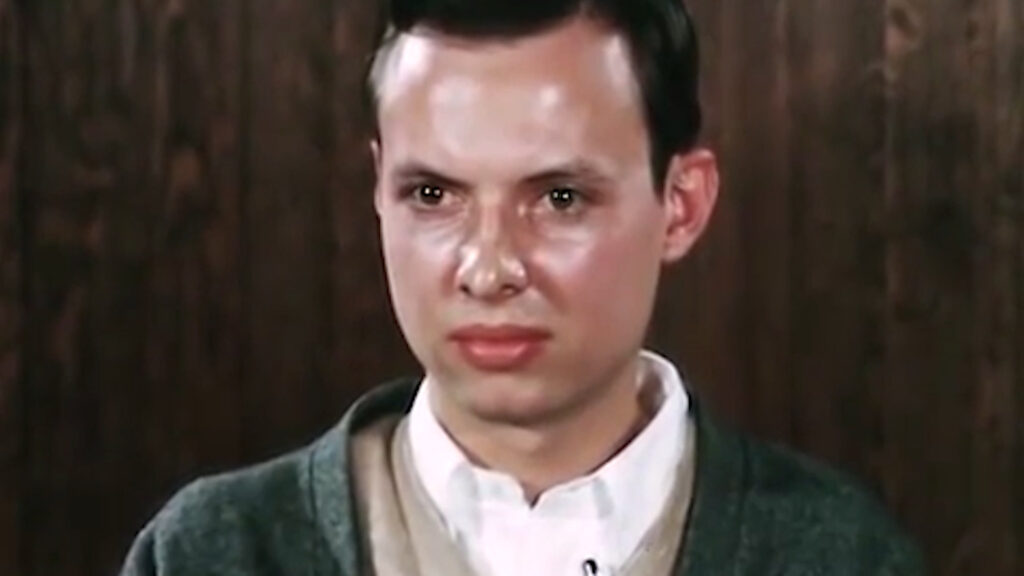
Libidinal Empathy
Libidinal Empathy is a found footage montage of young men who elicit, in various ways, empathic responses from the viewer that also carry a strongly libidinal charge. Philosopher Levinas speaks about the face, and what it requires of us. —Steve Reinke
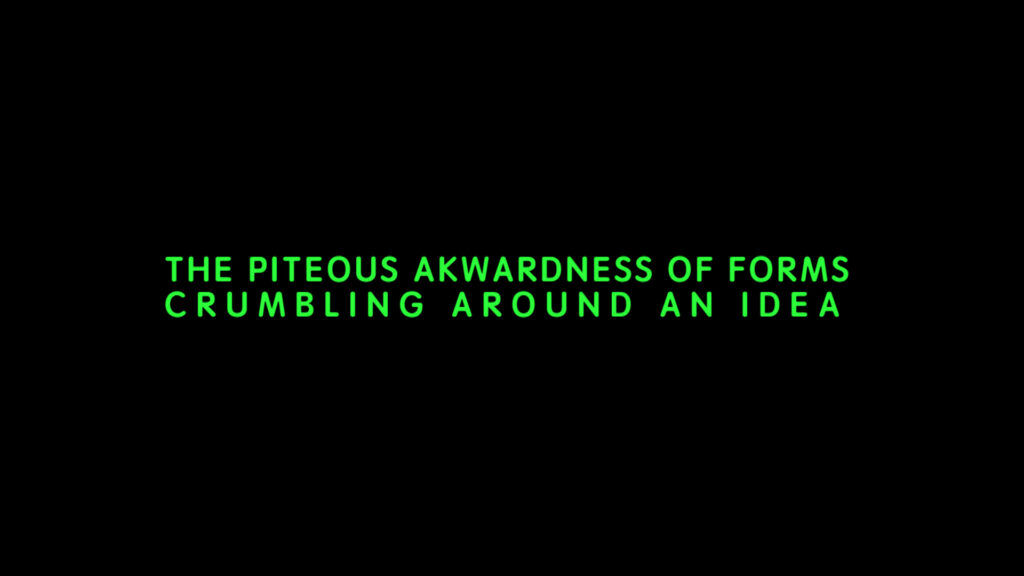
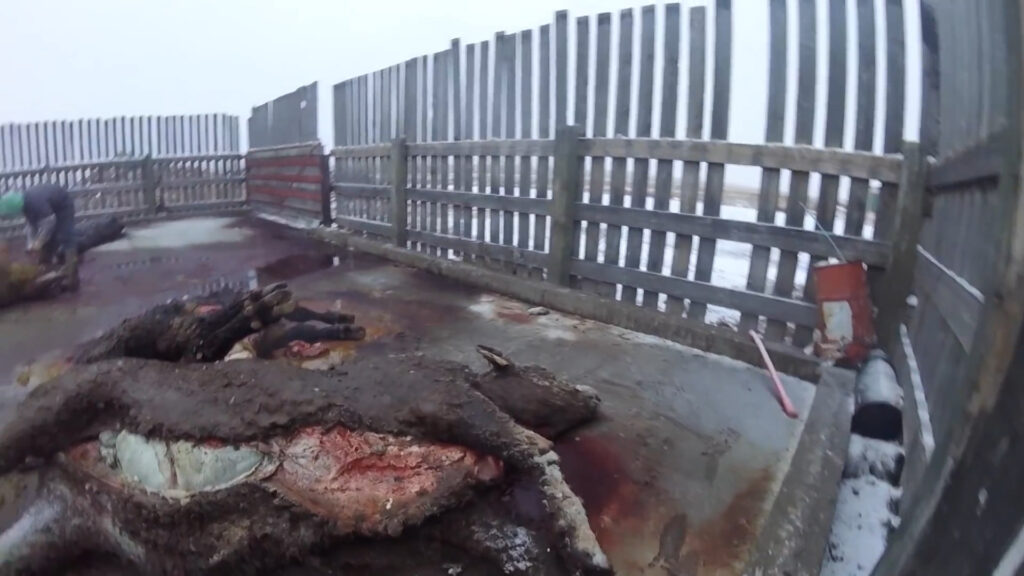
Video to Placate Artaud
Video to Placate Artaud is a videotape to placate the 20th-century artist Antonin Artaud, who was not very calm. Certainly transgression and nervous energies or violent impulses once went hand-in-hand, but perhaps today requires a calmer, more considered approach. —Steve Reinke
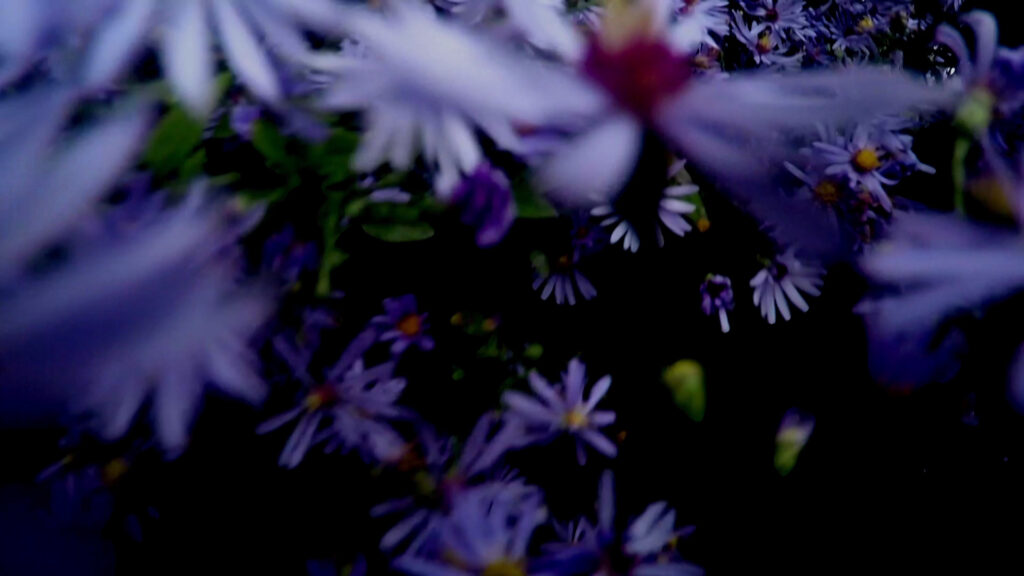
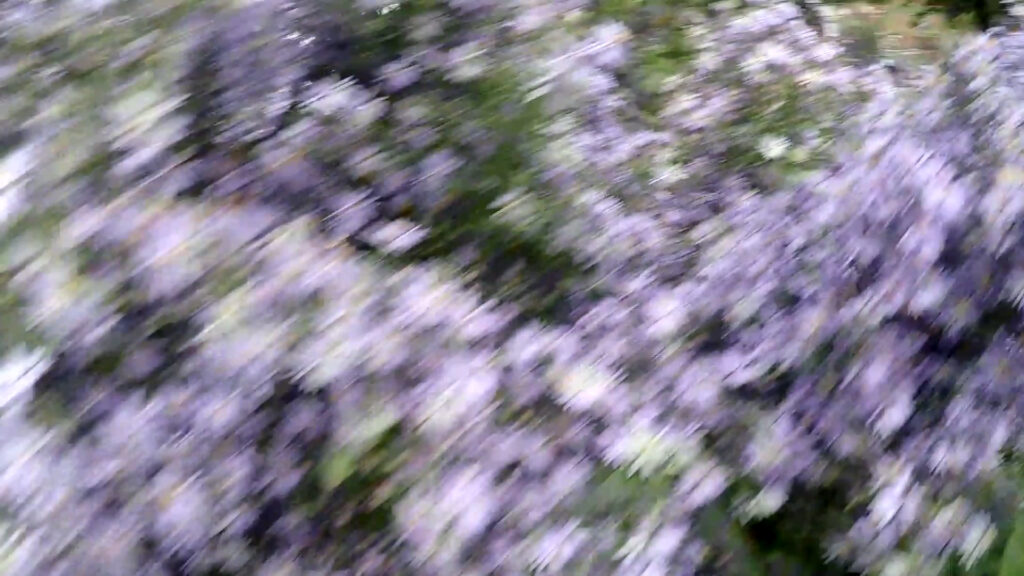
Devotional Cinema
The artist is inspired the day after seeing Nathaniel Dorsky’s Arboretum Cycle to make a video engaging with the natural, botanical world. Thinking, as usual, of the difference between poetry and philosophy. —Steve Reinke
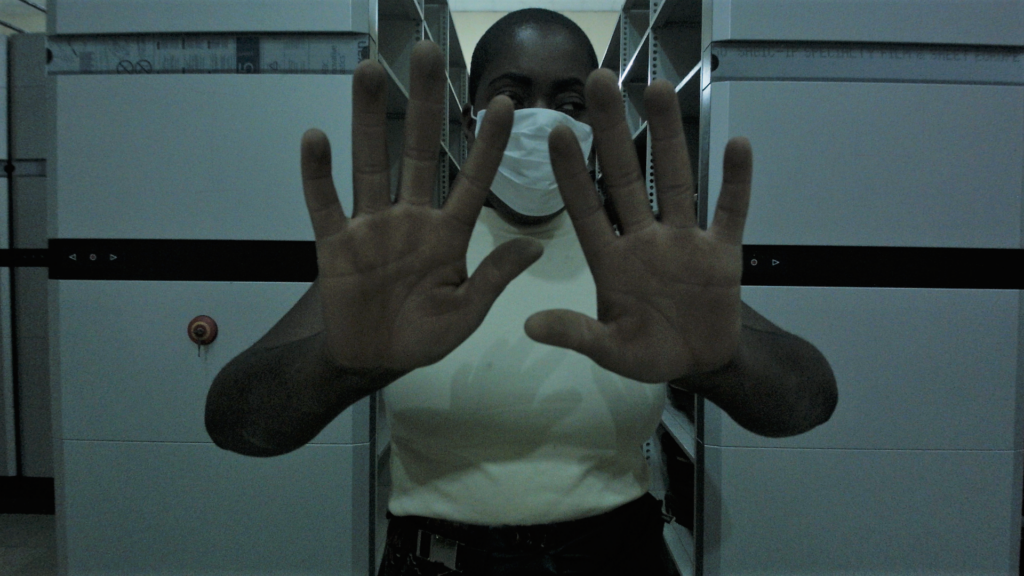
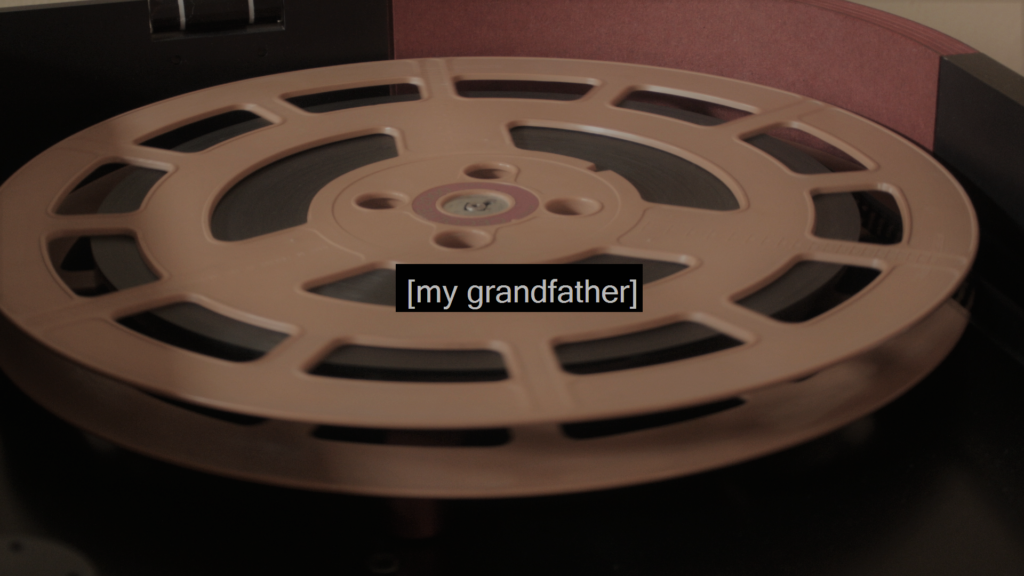
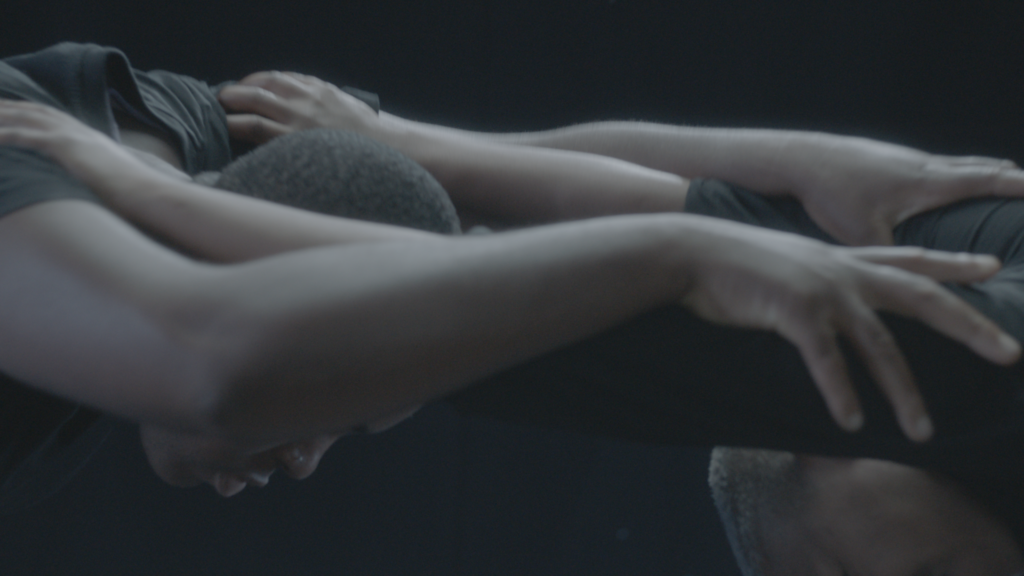
the names have changed, including my own and truths have been altered
This is a story of the artist’s grandfather, the story of the ‘land’ and the story of an encounter with Nigeria—retold at a single point in time, in a single place. The artist is trying to tell a truth in as many ways as possible. So the names have changed tell us the same story in four different ways: a folktale of two brothers rendered in the broad, unmodulated strokes of colonial British moving images; a Nollywood TV series, on VHS, based on the first published Igbo novel; a story of the family patriarch, passed down through generations; and the diary entries from the artist’s first solo visit to her family’s hometown.
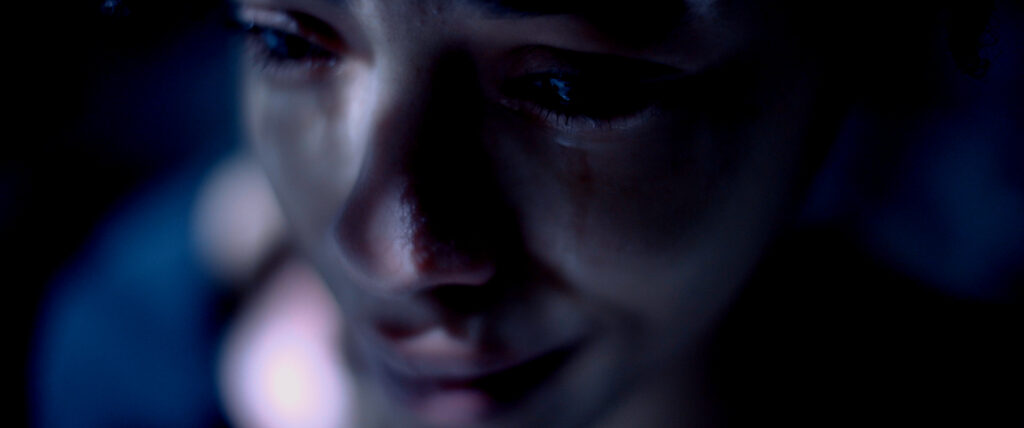
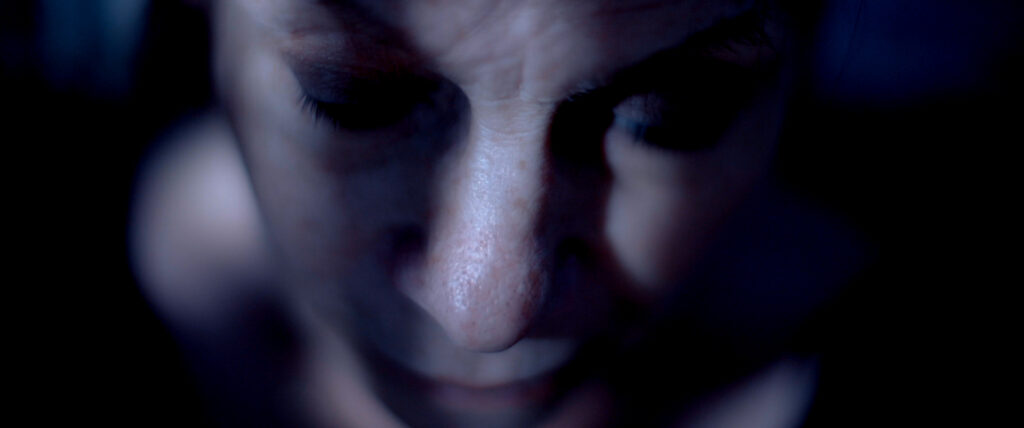
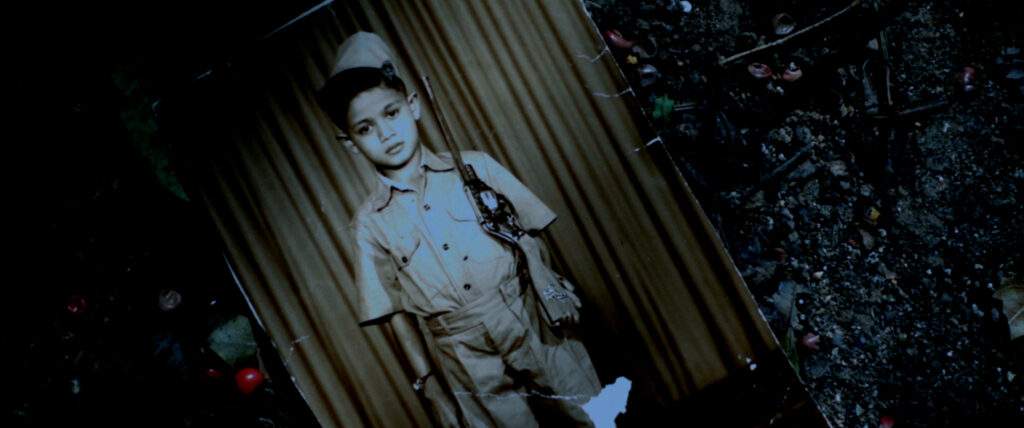
everyday star
A strange vision caused by intense heat. Everyday states of being and decay are observed through the infinite scope of the cosmos and the restorative light which emanates from it, driving cinematic and photographic impulses. —Rajee Samarasinghe
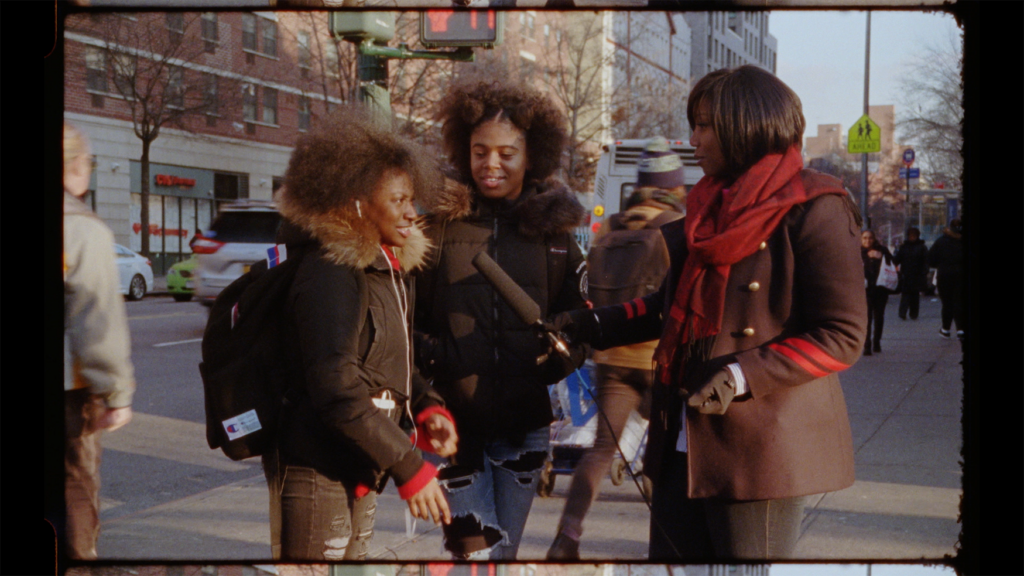
The Giverny Document (Single Channel)
In this multi-textured cinematic poem, filmmaker Ja’Tovia Gary unleashes a slew of riotous techniques and materials—from direct animation on archival 16mm film to woman-on-the-street interviews and roiling montage. What emerges is an ecstatic document, as vibrant and dynamic in form as it is politically incisive.

